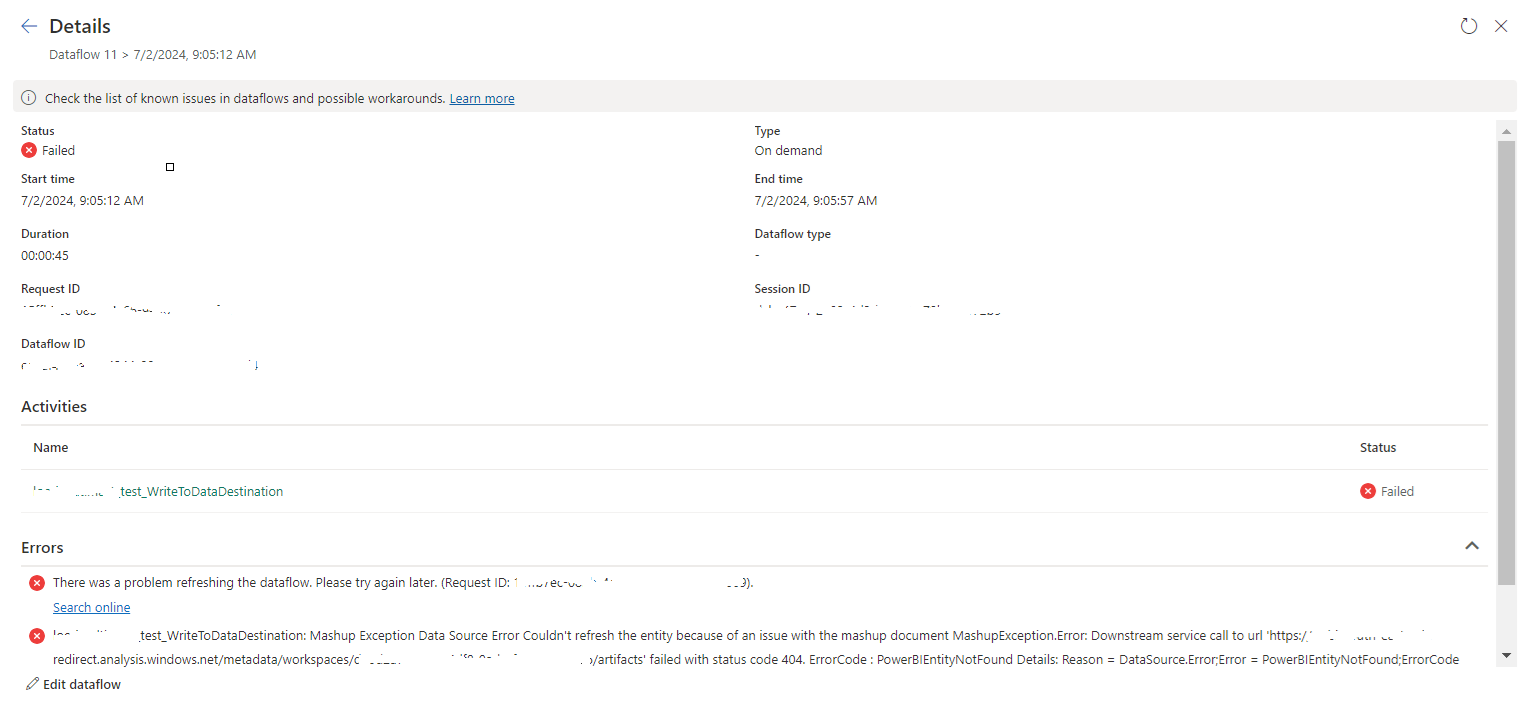DBT (Data Build Tool) is a popular open-source data
transformation tool used for modern data analytics workflows. Here are the
steps to create a job in DBT:
- Install
and configure DBT: Before creating a job in DBT, you need to install DBT
and configure your DBT project by setting up your profiles.yml and
dbt_project.yml files. These files contain the necessary configurations
for connecting to your data sources and defining your DBT project.
- Create
a DBT project: You need to create a DBT project directory that contains
your project files, such as SQL scripts, macros, and models. You can
create a new DBT project using the following command in your terminal:
swiftdbt init <project_name>
Replace <project_name> with the name of your DBT project.
- Define
your job: Inside your DBT project directory, create a new YAML file to
define your job. You can name it as you like, for example, my_job.yml.
In this YAML file, you define your job configuration, which includes
specifying the models, the target schema, the data sources, and the
operations you want to perform.
Here is an example of a simple job configuration in YAML format:
yamlversion: 2
name: my_job
models:
- my_model_1
- my_model_2
target:
schema: my_target_schema
In this example, the job my_job is configured to run two DBT models (my_model_1 and my_model_2) and target a schema called my_target_schema.
- Run the job: You can run the job using the following command:
cssdbt run --project-dir <path_to_project_directory> --models <job_name>
Replace <path_to_project_directory> with the path to your DBT project directory and <job_name> with the name of your job, as defined in your YAML configuration file.
- Schedule
the job: To schedule the job to run at specific intervals, you can use a
task scheduler or a workflow management tool, such as cron, Airflow, or
any other similar tool, to execute the dbt run command with the
appropriate parameters.
That's it! You have successfully created a job in DBT. You can customize your job configuration and operations based on your specific data transformation requirements. DBT provides a wide range of features and configurations to manage your data transformation workflows efficiently.


No comments:
Post a Comment